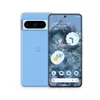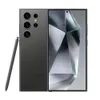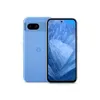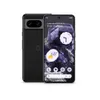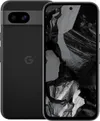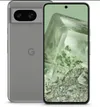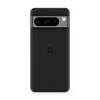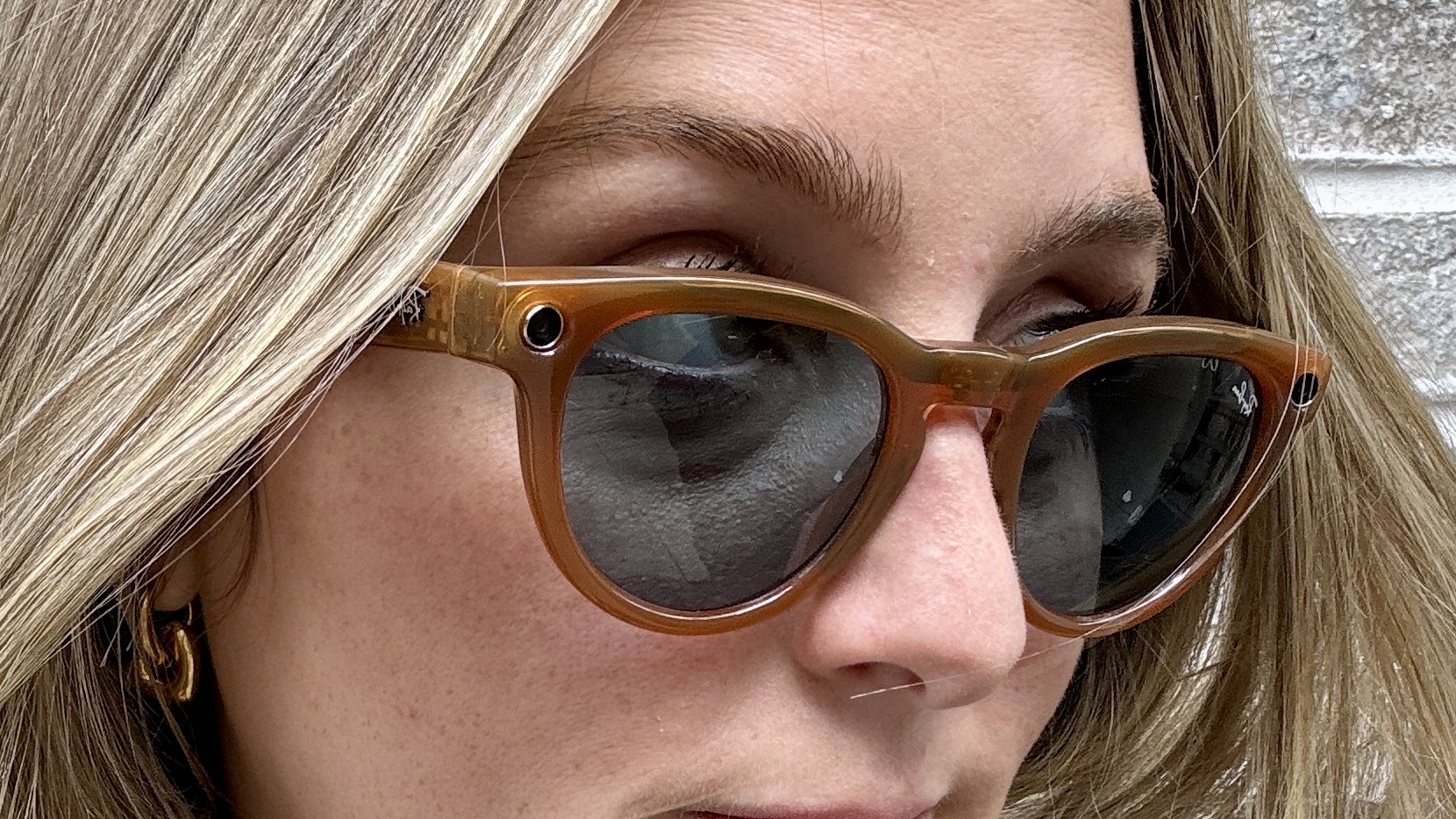I could never afford the Pixel 9 Pro Fold — and these leaked specs make me glad I can’t
It doesn't sound like the Pixel 9 Pro Fold will be worth the price.
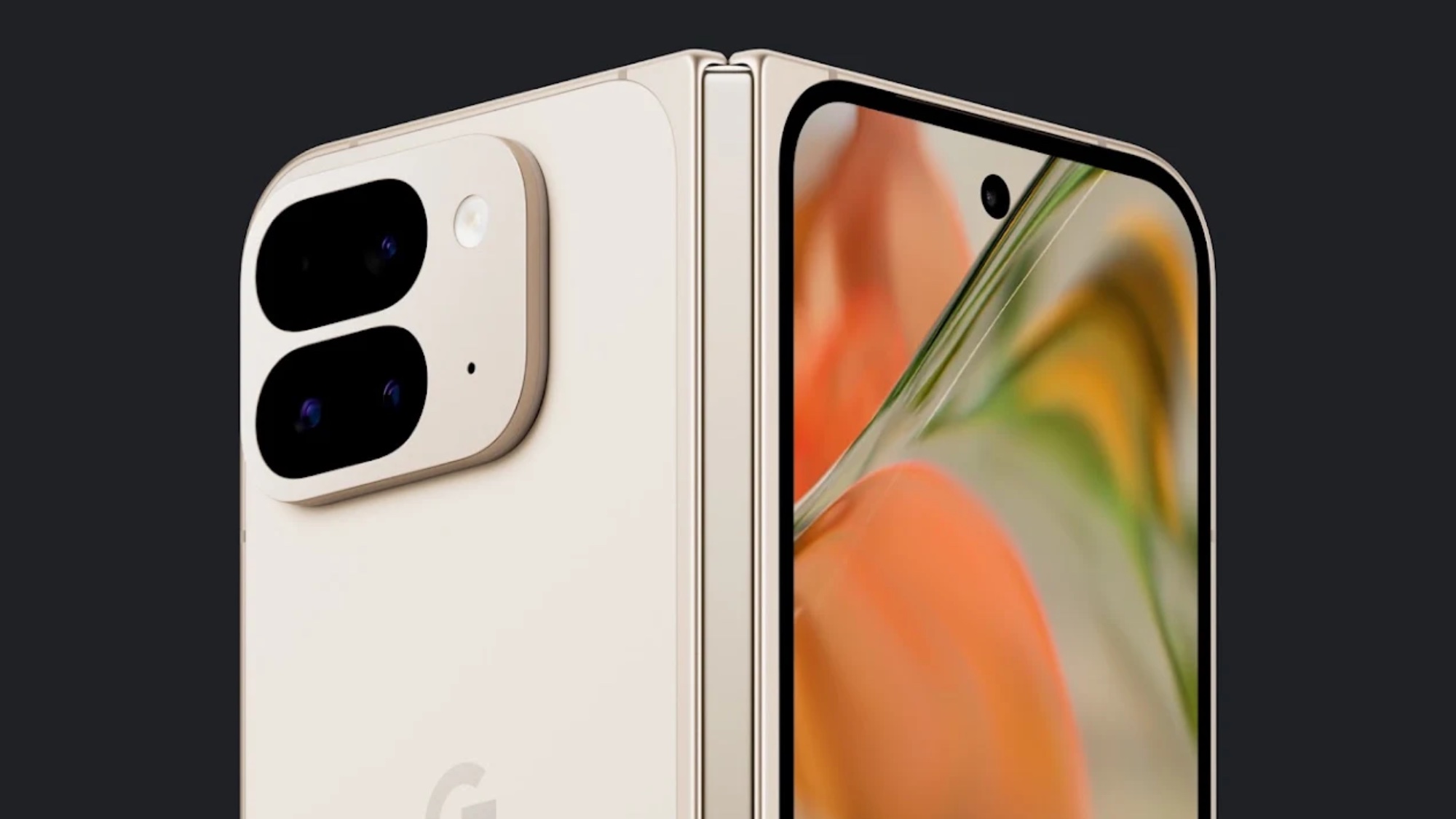
I’ve been using my current phone, the Pixel 6 Pro, since launch and I’ve long known that it’s coming to the end of its life with me. After deciding against upgrading to the Pixel 8 Pro last year, I’ve made the firm decision to pick up one of the three incoming Pixel 9 Pro models — one of which is the Pixel 9 Pro Fold.
I’m not going to lie, I’ve been mulling over whether I want to buy the Pixel 9 Pro Fold or not. Google did a great job with the original Pixel Fold, which is one of the best foldable phones, and there are some high expectations for its successor. The only problem is the darn price. The Pixel Fold started at $1,799 at launch, and we’re fully expecting the 9 Pro Fold to cost at least that much — maybe more if Google pulls a Samsung.
That price is the main reason why I probably won’t pick up the new foldable Pixel. Non-foldable phones are already expensive enough as it is, and I can’t really justify spending quite so much on a smartphone. Thankfully some of the leaked specs, particularly the camera, are making me quite glad I don’t have that kind of cash to burn.
Pixel 9 Pro Fold camera specs are disappointing
Earlier this month we heard a rumor, based on the Camera FV-5 app’s device database, that the Pixel 9 Pro Fold will pack a 48MP main camera lens and a 10MP selfie camera, which isn’t all that impressive. 48MP is what the original Pixel Fold offered out back, and while 10.5MP is slightly better than 9.5MP, it still doesn’t come across all that well compared to phones with 42MP, 35MP or even 12MP selfie cameras.
The database didn’t reveal any details about the ultrawide or telephoto lenses, meaning Google could still surprise us by ditching the original Pixel Fold’s pair of 10.5MP lenses. That would definitely be a good thing, but depending on what the upgrades are it could still see the cameras lag behind the other two Pixel 9 phones.
There’s no one factor in why I choose the phones I buy, but camera performance is a big one. Before buying the Pixel 6 Pro I was a dedicated OnePlus user, but I got burned one too many times by mediocre camera performance and decided to make the switch to something better — while still maintaining a clean Android experience.
Google Pixels are regularly high up on our list of the best camera phones, with a solid mix of quality hardware and software working in tandem. And since I prefer an optical zoom lens rather than just relying on digital, that led me to the Pro models. In my case the extra cost involved was worth it thanks to that camera lens (and the larger screen).
Get instant access to breaking news, the hottest reviews, great deals and helpful tips.
Camera hardware isn’t everything, of course, and Google Pixels are the perfect example of that in action. Google was one of the last major phone companies to adopt the multi-lens camera, only adding a second lens to the Pixel 4 in 2019. Before that the company insisted its software was so good that the second camera wasn’t needed, and there was no denying that those cameras were very good.
Plus these days with the advancements in AI and machine learning, those photos should be coming out better than ever — all thanks to the software. So we can’t say for sure how much better or worse the Pixel 9 Pro Fold’s camera might be compared to the Pixel 9 Pro and 9 Pro XL, the fact the main camera may not be the same as the non-folding models doesn’t fill me with confidence.
Cost still makes the latest foldables hard to justify
If I’m going to be paying a premium for a foldable phone, I expect to at least have parity with the flagship equivalent. Ideally something better would help make that price more worthwhile, but that might be asking too much. Just look at the difference between the camera hardware on the Samsung Galaxy S24 Ultra and the Galaxy Z Fold 6.
Thankfully rumor has it that the Pixel 9 Pro Fold won’t fall into the same traps as its predecessors and should come with some similar hardware — like the Tensor G4 chipset, 16GB of RAM and a 6.3-inch cover display.
However, the question remains whether the addition of a larger 8-inch foldable inner display makes it worth the rumored $1,799 price tag, especially when foldables like the Galaxy Z Fold 6 and OnePlus Open offer extra features like S Pen support or the best multitasking interface we’ve seen on a smartphone. But when it boils down to it, that price always comes back to the foldable screen.
It’s a gimmick, there’s no doubt about it, and anyone that says otherwise is straight up wrong. But it's a cool gimmick. There's something neat about having a tablet-sized display without having to carry a tablet around. But is that gimmick worth almost $1,800? Not by itself.
Therein lies the main problem with foldables — the astronomical price. Not only are they nearly double the price of a lot of non-folding flagships, it doesn’t necessarily feel like they’re offering two-phones worth of stuff to justify it. Just a hinge and an extra big screen.
Costs have been going down in some places. The OnePlus Open recently dropped its starting price to $1,399 and the Motorola Razr 2024 and Motorola Razr Plus 2024 are still keeping their price tags under $1,000. But then again the Galaxy Z Fold 6 bumped up its price by $100, and now starts at $1,899. So the problem of high prices isn’t likely to go anywhere anytime soon.
Bottom Line
I’ve used foldable phones many times and generally have a good experience with them. But would I ever buy one for myself? I might be tempted to pick up a flagship flippable one day, like the Motorola Razr Plus 2024, but I’d still have to consider whether my money would be better spent on a non-folding phone. As for the larger book-style foldables, like the Pixel 9 Pro Fold is expected to be, it’s not likely to happen anytime soon.
Not only do I not have enough money to buy such an expensive device, I wouldn’t be able to justify it if I did. Plus the fact that the specs of foldable phones keep disappointing compared to their non-folding relatives, mean it’s far less likely that I’m ever going to want to spend so much money on one.
Let’s just hope that phone makers, including Google, get the message over the next couple of years and start offering more incentives to spend so much money on a single device.
More from Tom's Guide
- Apple Intelligence could get a $20 Plus version — what we know
- DOJ could force Google to divest Android — this is big
- Samsung Galaxy Z Fold 6 is the first foldable to support Gemini Nano — here’s what that means

Tom is the Tom's Guide's UK Phones Editor, tackling the latest smartphone news and vocally expressing his opinions about upcoming features or changes. It's long way from his days as editor of Gizmodo UK, when pretty much everything was on the table. He’s usually found trying to squeeze another giant Lego set onto the shelf, draining very large cups of coffee, or complaining about how terrible his Smart TV is.
